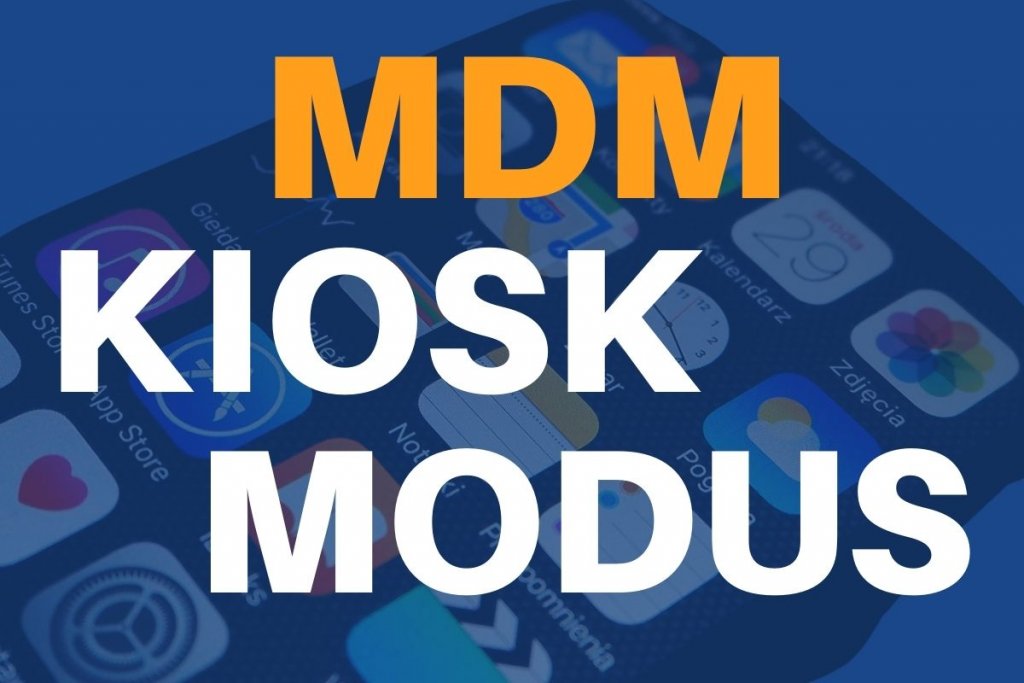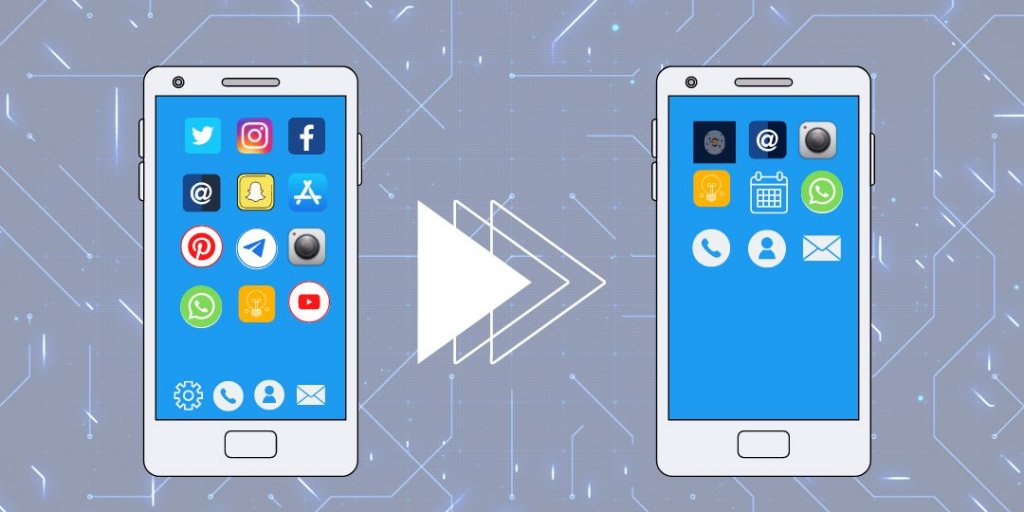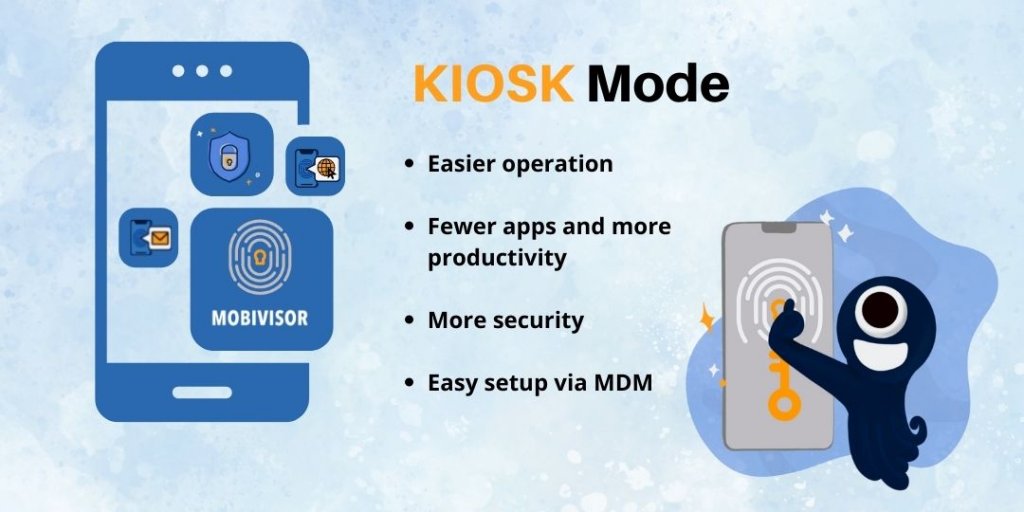Where does the term KIOSK mode come from?
Everyone is familiar with ATMs, ticket vending machines, and payment terminals at the airport. All these systems have one thing in common: they are called KIOSK systems.
This usually refers to systems that can execute a certain number of predefined applications. The user or customer only has this option to choose from. In the service sector, no one questions the usefulness of these devices, because they only serve a specific purpose - so why should you be able to do more with them?
On mobile devices such as smartphones or tablets, on the other hand, few would think of limiting their functions to such an extent. But this can have some advantages, as we will now show.
Mobile devices everywhere – but how secure are they?
Most companies are aware that many processes can be accelerated and simplified if mobile devices are used. In reality, for example, we see that caregivers at mobile care services use smartphones to quickly and easily log medication administration or see where their next care assignment is taking them.
Mobile devices, often with specially reinforced outer shells (rugged devices), are also used on construction sites. In this way, plans can be called up, activities logged or re-orders of materials made quickly and on site. Of course, it is also possible to report directly if accidents occur.
However, mobile devices are Internet-enabled; otherwise, of course, working with apps would not work either. But as we know, unsecured Internet connections can also pose a significant risk to the security of data and to a company's IT infrastructure. Especially in areas where sensitive data is worked with to a particular degree, loss must be prevented at all costs.



